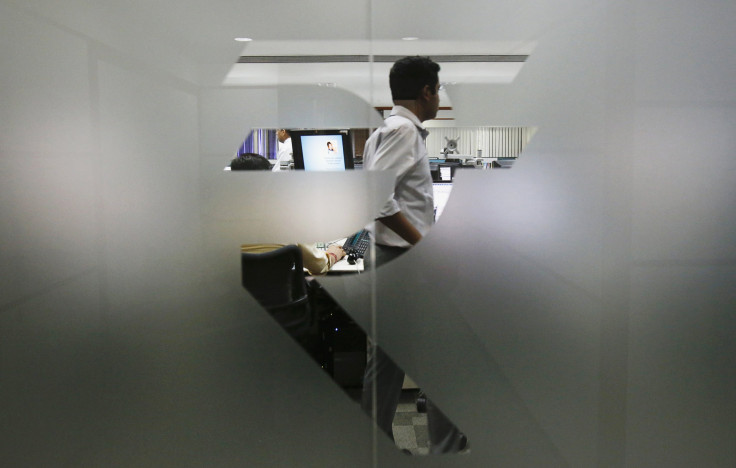Weak Rupee To Hurt Indian Oil Companies, Airlines, Automakers But Upside For Exporters Limited: Report

The sliding value of the Indian rupee against the dollar, which has depreciated by 9 percent so far this calendar year, will severely hurt Indian businesses, which have high levels of foreign debt on their books but lack proper hedging tools to offset the risk, Crisil, the India arm of Standard & Poor's, said in a report, on Wednesday.
The rupee’s sharp depreciation will push input costs up across several sectors, and even exporters, who usually stand to benefit from a falling currency, are unlikely to reap benefits as their overseas clients may seek to review business contracts, the report said.
“For companies in the (benchmark Indian equity index) CNX Nifty (excluding banking and financial services), around 40 per cent of debt is denominated in foreign currency. In total, corporate India had forex debt outstanding of over $200 billion as of March 2013, of which close to 45 per cent is short-term debt. Moreover, only half their forex exposure is hedged. Persistent weakness in the rupee and heightened volatility has reduced the benefits of borrowing overseas,” Mukesh Agarwal, president of Crisil Research, said in the report.
Sectors that will be most affected by the rupee’s weakness include airlines, oil marketing companies, automobiles, auto components, consumer durables, and fertilizers. These sectors are typically reliant on the import of oil, components and raw materials, which are rendered expensive by a weak domestic currency.
Airlines with a large domestic presence will suffer the most, the report noted, as they generate a high proportion of revenues in rupees while 70 percent of their operating costs are calculated in dollars, and they have little room to pass on the cost increase to customers.
Although the Indian government partially deregulated diesel prices in January, allowing oil companies to periodically revise diesel prices by a small amount, Crisil said diesel prices are not expected to be increased by more than 1.50 rupees per liter from the current level, which means a weak rupee would increase under-recoveries for oil companies. The report predicted that under-recoveries would touch 1,050 billion rupees ($17.5 billion) in 2013-14 -- a 10 percent increase over its previous estimate.
The increase in fuel costs, Crisil noted, will hurt automobile sales, which are reeling under the impact of falling demand, as fuel costs account for almost 30 percent of the ownership cost of a small car in the year of purchase.
According to the Society of Indian Automobile Manufacturers, or SIAM, India's auto industry recorded its fourth straight month of decline in May, when demand fell more than 4 percent compared to the same period in 2012. In the April-May 2013 period, demand for passenger vehicles dropped almost nine percent from the same period a year ago, SIAM said.
Export-oriented sectors such as IT services companies, garment producers, pharmaceuticals, crude oil producers and pure-play refineries stand to benefit from a weak rupee, but the gains will be limited by renewed contracts, the report said.
Crisil said the rupee is expected to strengthen from its current levels, “but the 2013-14 average will still be 5-8 percent weaker than the 2012-13 average,” adding: “Mark-to-market losses and higher debt servicing costs are likely to be key pressure points in the near term.”
© Copyright IBTimes 2024. All rights reserved.





















